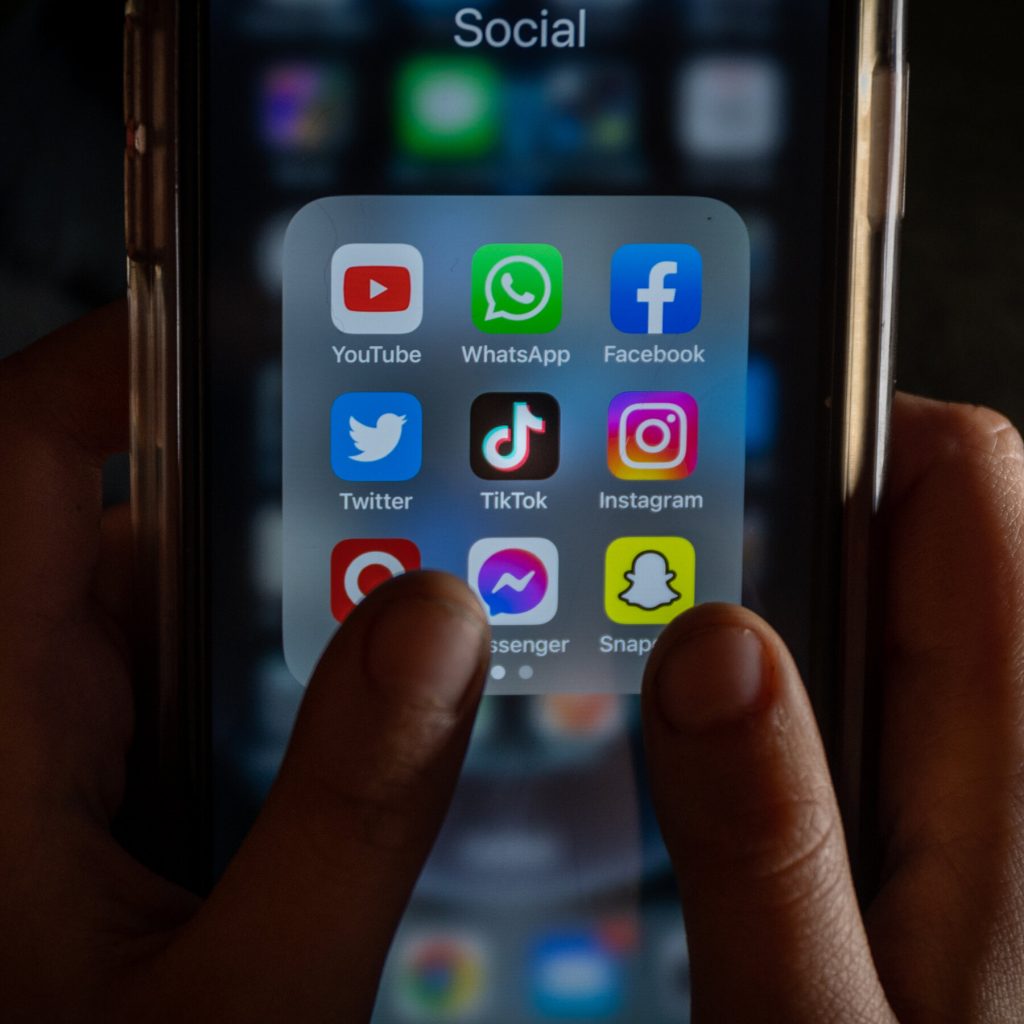We live in an age where technology is ever changing. Meaning it is constantly changing and adapting to benefit our world and society. Our family, friends, ethnicity, culture, the environment around us and technology itself are all factors which contribute to the development and construction of our own personal identities. Just like technology, our identities are always changing too. This is because as we grow up, many things happen in our lives that shape the person we become. In our current digital age, technology has revolutionised the way we connect and communicate with others which comes with its advantages as well as disadvantages.

Now for a bit of theory!
The Presentation of Self in Everyday Life is a sociological book by Erving Goffman who was a Canadian-born American sociologist, social psychologist, and writer. Considered by some as,
the most influential American sociologist of the twentieth century
Fine and Manning (2003)
In his book, Goffman uses the imagery of theatre to show the significance of face to face social interaction. He believes that how we want to be seen influences how we behave in social settings, which results in behaviours that are like performers in a play. Goffman developed the concept of the ŌĆśfrontstageŌĆÖ and the ŌĆśbackstageŌĆÖ, which refers to various daily activities that people participate in. The ŌĆśfrontstageŌĆÖ is essentially how people act when theyŌĆÖre around other people and aware that they are being watched in any type of environment. Consciously or unintentionally, the majority of people behave differently in their social lives compared to their own private lives.
On the other hand, the ŌĆśbackstageŌĆÖ is how people behave when they are free from the norms and expectations of how society wants them to act. People are a lot more comfortable and relaxed in the backstage, as they donŌĆÖt feel the need to maintain their public reputation. Compared to a frontstage environment, the backstage allows people to express their feelings and certain behaviours as it is a more personal atmosphere where they can reflect their true personalities. GoffmanŌĆÖs theory is important as it highlights the differences of peopleŌĆÖs behaviour in their social lives compared to their private lives and proves just how much our environment changes the way we behave and act.
However, it’s not just in social environments people feel the need to have a frontstage and a backstage. Social media platforms such as Instagram, Snapchat and TikTok are a massive example of how we pick and choose the elements of our lives that we want other people to see. The majority of people who use these platforms put up a front to show people only the good and fun things that are happening in their lives. On social media, we are able to express and portray ourselves however we like. That’s the amazing thing about social media platforms, as we have the freedom to do whatever we like, as long as itŌĆÖs within reason. And it’s not just on social media that people are able to construct their own digital identity but also through online gaming, virtual communities on the internet and many more.

Goffman, E. (1956). The Presentation of Self in Everyday Life. New York: Doubleday.
Wikipedia. (2022). Erving Goffman. [online] Available at: https://en.wikipedia.org/wiki/Erving_Goffman#cite_note-fm34-1.
Moody, James. c. 2003. “Goffman: The Presentation of Self in Everyday Life.” Classical Sociological Theory [Sociology 782]. OH: Ohio State University.


atee
First of all I really enjoyed reading this blog, because the layout is simple and engaging. I like how you have explained Goffman’s frontstage and backstage theory with good examples, making it easy to understand. Also, I totally agree with the example you have given about how we potray ourselves in social media. This is because it does give us the liberty to choose who we want to be in the socials. Keep up the good work!